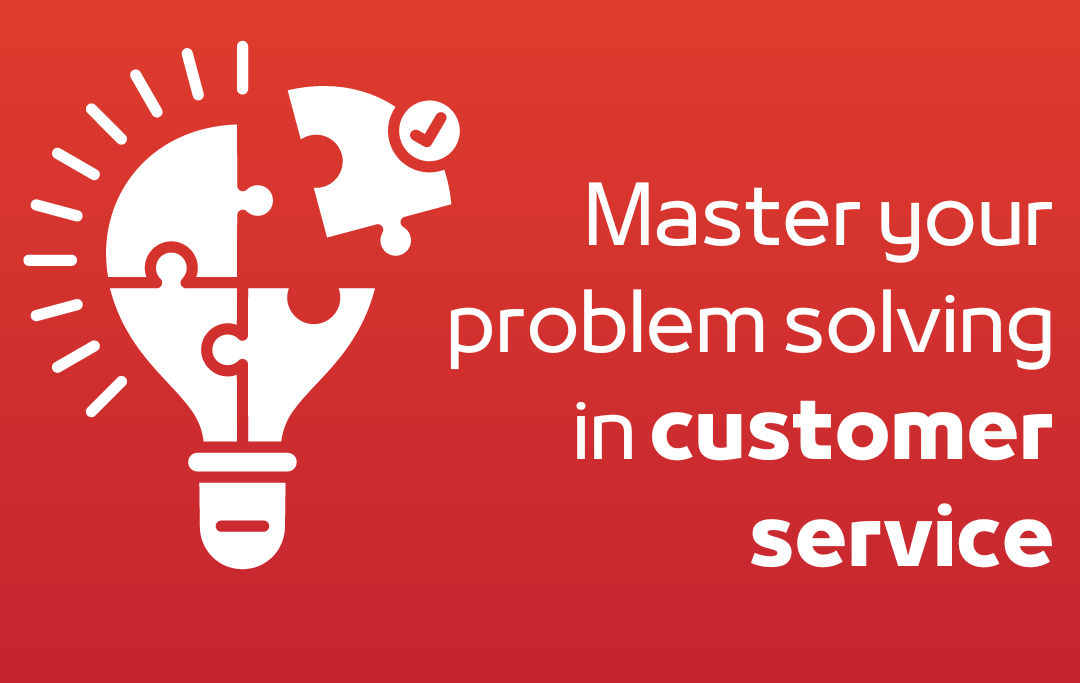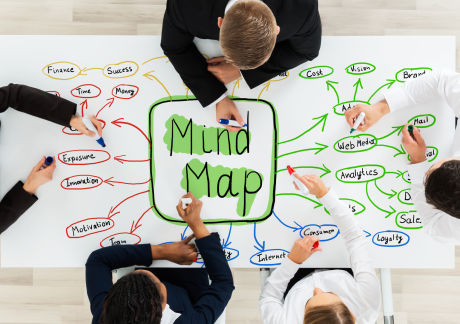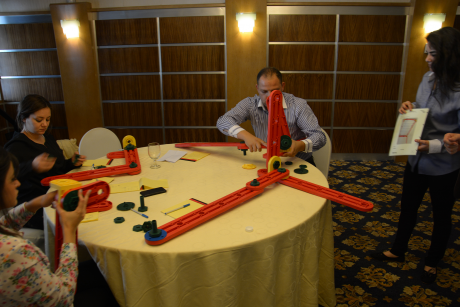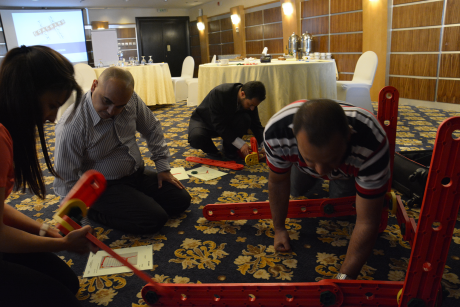
Mastering Problem-Solving in Customer Service
Introduction
Effective problem-solving is a crucial skill for any customer service professional. It not only enhances customer satisfaction but also improves operational efficiency and fosters a positive reputation for your organization. This article delves into comprehensive strategies, techniques, and tools for mastering problem-solving in customer service.
Module 1: Understanding the Problem
Root Cause Analysis
Root cause analysis (RCA) is a methodical approach to identifying the fundamental causes of a problem. This ensures long-term solutions rather than temporary fixes.
Steps in Root Cause Analysis:
- Define the Problem: Clearly articulate the issue at hand.
- Collect Data: Gather relevant data to understand the problem’s scope and impact.
- Identify Possible Causes: Use brainstorming techniques to list potential causes.
- Analyze Causes: Determine the root cause using techniques like the 5 Whys or Fishbone Diagram.
- Implement Solutions: Develop and apply solutions targeting the root cause.
- Monitor Results: Track the effectiveness of the solutions and adjust if necessary.
Module 2: Critical Thinking and Evaluation
Evaluating Options
Evaluating possible solutions is essential to choose the most effective and feasible one.
Evaluation Criteria:
- Feasibility: Can the solution be realistically implemented?
- Cost: What are the financial implications?
- Impact: How significantly will the solution resolve the issue?
- Time: How quickly can the solution be implemented?
Decision Matrix: A decision matrix helps in evaluating and prioritizing different solutions based on defined criteria.
Example:
| Criteria | Weight | Solution 1 | Solution 2 | Solution 3 |
|---|---|---|---|---|
| Feasibility | 5 | 4 | 3 | 5 |
| Cost | 4 | 5 | 3 | 4 |
| Impact | 3 | 3 | 4 | 3 |
| Time | 2 | 4 | 5 | 2 |
| Total Score | 37 | 36 | 36 |
Creative Problem Solving
Thinking outside the box can lead to innovative solutions.
Techniques:
- Brainstorming Sessions: Encourage free-flowing ideas without immediate criticism.
- Mind Mapping: Visualize problems and solutions in a non-linear way.

Module 3: Tools and Techniques
SWOT Analysis
SWOT Analysis (Strengths, Weaknesses, Opportunities, Threats) helps in understanding the broader context of a problem.
Example:
| Internal Factors | External Factors |
|---|---|
| Strengths | Opportunities |
| – Strong product knowledge | – New market trends |
| – Experienced team | – Customer feedback |
| Weaknesses | Threats |
| – Limited resources | – Competitors’ innovations |
| – Outdated technology | – Regulatory changes |
Pareto Principle
The Pareto Principle (80/20 rule) states that 80% of problems are often due to 20% of causes. Focus on addressing the most impactful issues first.
Module 4: Scenario Planning and Real-Time Problem Solving
Scenario Planning
Prepare for common issues with scenario planning. Develop standard operating procedures (SOPs) for frequent problems to ensure a consistent approach.
Example SOP for Handling Billing Issues:
- Acknowledge the Complaint: “Thank you for bringing this to our attention.”
- Gather Information: Request details about the billing discrepancy.
- Verify Information: Cross-check with the billing system.
- Provide a Solution: Correct the bill and explain the changes.
- Follow-Up: Ensure the customer is satisfied with the resolution.
Real-Time Problem Solving
Use technology to provide real-time solutions. CRM systems, live chat, and AI tools can help in swiftly addressing customer issues.
Example:
- CRM System: Access customer history to personalize the service.
- Live Chat: Resolve simple issues instantly.
- AI Tools: Use chatbots for initial troubleshooting and directing complex queries to human agents.
Module 5: Emotional Intelligence in Problem Solving
Empathy and Stress Management
Empathy and emotional intelligence are vital in managing customer interactions effectively.
Empathy Steps:
- Listen Actively: Show genuine interest in the customer’s problem.
- Acknowledge Feelings: Validate their emotions.
- Express Understanding: “I understand how frustrating this must be for you.”
- Offer Support: Provide a solution and ensure them that you are there to help.
Communication
Maintain clear and open communication throughout the problem-solving process. Keep customers informed about the steps you are taking and provide regular updates.
Module 6: Continuous Improvement
Feedback Loop
Create a feedback loop to review resolved issues and identify areas for improvement.
Process:
- Collect Feedback: Regularly gather customer feedback post-resolution.
- Analyze Trends: Look for patterns in feedback to identify recurring issues.
- Implement Improvements: Use insights to refine processes and prevent future problems.
- Train Staff: Conduct regular training based on the feedback to ensure consistent service quality.
Mastering problem-solving in customer service involves a combination of understanding the problem, evaluating solutions critically, using creative thinking, applying various tools and techniques, planning for scenarios, leveraging real-time solutions, and continuous improvement. By honing these skills, you will effectively resolve issues, enhance customer satisfaction, and contribute to their organization’s success.
 Master The Life You Want WorkshopIndoor Team Building
Master The Life You Want WorkshopIndoor Team Building  Workforce Management WorkshopBusiness Workshops,Customer Service & Call center
Workforce Management WorkshopBusiness Workshops,Customer Service & Call center  Call Center Management & MeasurementBusiness Workshops,Customer Service & Call center
Call Center Management & MeasurementBusiness Workshops,Customer Service & Call center  Quality Assurance WorkshopBusiness Workshops,Customer Service & Call center
Quality Assurance WorkshopBusiness Workshops,Customer Service & Call center  Amaze your customer WorkshopBusiness Workshops,Customer Service & Call center
Amaze your customer WorkshopBusiness Workshops,Customer Service & Call center















0 responses on "Mastering Problem-Solving in Customer Service"